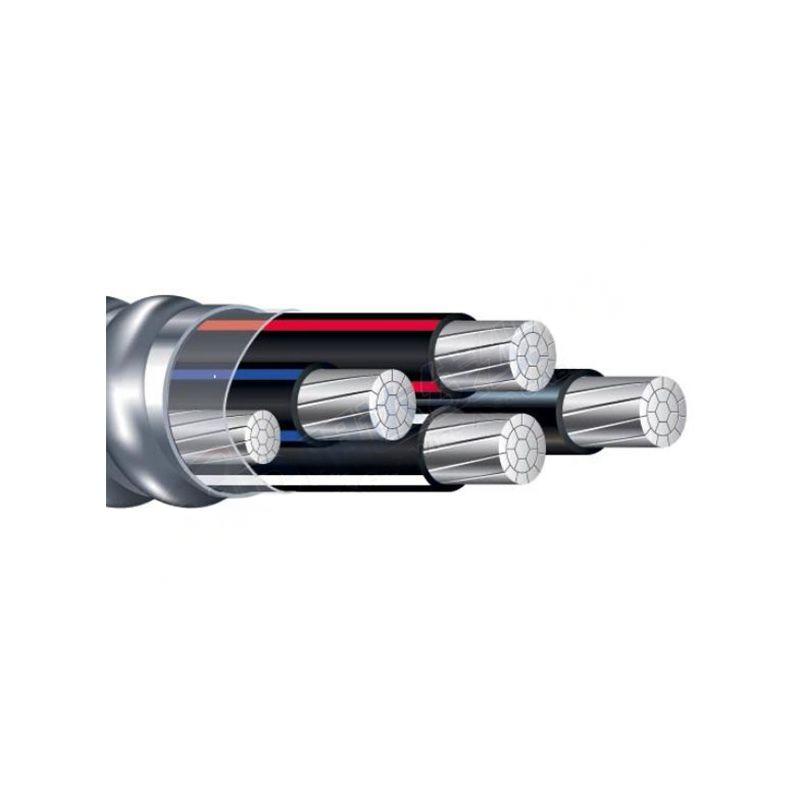Nov . 09, 2024 08:23 Back to list
Sewage System Air Release Valves for Efficient Wastewater Management and Pressure Control
The Importance of Sewage Air Release Valves in Wastewater Management
In the world of wastewater management, the effective handling of sewage systems is crucial to both public health and environmental protection. Among the essential components of these systems are sewage air release valves, which play a pivotal role in ensuring the efficient operation of sewer systems. This article delves into the significance, functioning, and maintenance of sewage air release valves, shedding light on their contribution to safe and effective wastewater management.
Sewage systems are designed to transport wastewater from residential, commercial, and industrial sources to treatment facilities. As sewage travels through pipes, it can generate gases, particularly methane and hydrogen sulfide. These gases can create pressure within the sewer lines and, if not properly managed, can lead to system failures, blockages, or even hazardous conditions. This is where sewage air release valves come into play.
Air release valves are typically installed at high points in the sewage system where gases tend to accumulate. Their primary function is to allow trapped air and gases to escape from the pipeline, thus preventing the buildup of pressure. The release of these gases is essential for maintaining the hydraulic efficiency of the system, ensuring that wastewater flows smoothly without interruptions.
The mechanism of sewage air release valves is relatively straightforward. These valves consist of a chamber with a float mechanism. As gases accumulate within the chamber, they lift the float, which opens the valve and allows the excess air to be vented out. Once the pressure is normalized, the float drops, sealing the valve and preventing any sewage from escaping. This automatic operation ensures that air release occurs without the need for manual intervention, making it a reliable solution for managing gas pressure in sewage systems.
sewage air release valve

The failure of air release valves can have serious consequences. If the valves become clogged or malfunction, the buildup of pressure can lead to pipe breaks, overflows, or even sewage backflow into homes and public spaces. Such incidents not only pose health risks due to exposure to raw sewage but can also lead to substantial repair costs and environmental contamination. Therefore, regular maintenance and inspection of sewage air release valves are vital.
Maintenance involves routine checks to ensure that valves are functioning correctly and are free from debris or corrosion. It is often recommended to conduct inspections at least once a year, though some systems may require more frequent attention. Technicians look for signs of wear and tear, ensuring that the float mechanism operates smoothly and that the valve seals properly. By catching and addressing issues early, municipalities can save on costly repairs and prevent potential health hazards.
In addition to maintenance, the selection of high-quality sewage air release valves is crucial. Various materials, such as stainless steel and plastic, are used in manufacturing these valves, each with its advantages and disadvantages. For instance, stainless steel valves are durable and resistant to corrosion, making them suitable for harsh environments, while plastic valves offer lighter weights and lower costs. The choice of material should be aligned with the specific needs of the wastewater system and the conditions it operates under.
In conclusion, sewage air release valves are a vital component of effective wastewater management systems. They help prevent pressure buildup and ensure the smooth flow of sewage, thereby protecting public health and the environment. Regular maintenance and careful selection of these valves can greatly enhance the reliability and efficiency of sewage systems, minimizing the risks associated with wastewater management. As urban areas continue to grow and the demands on sewage systems increase, the importance of these seemingly small components becomes ever more significant in safeguarding our communities and ecosystems.
Share